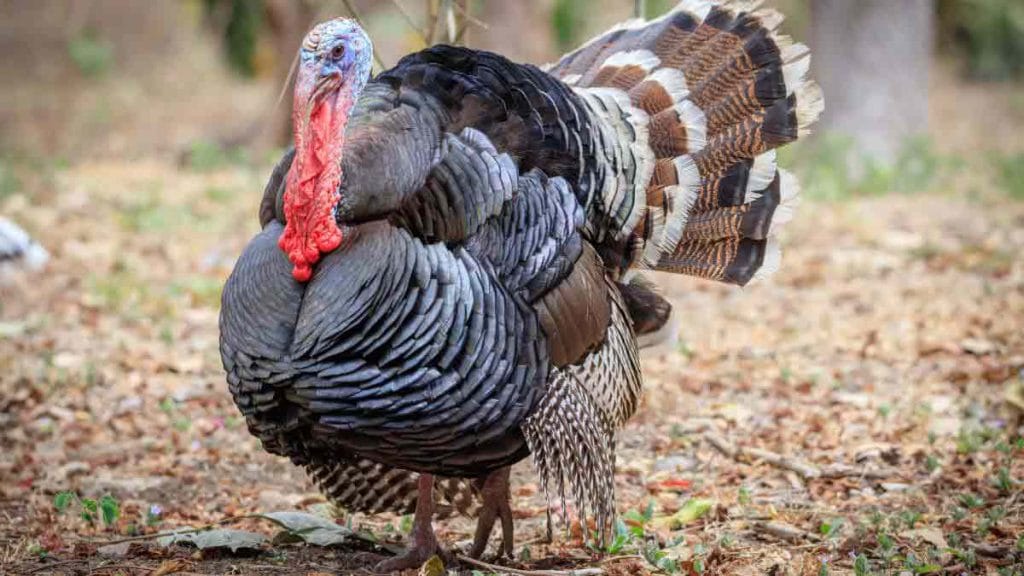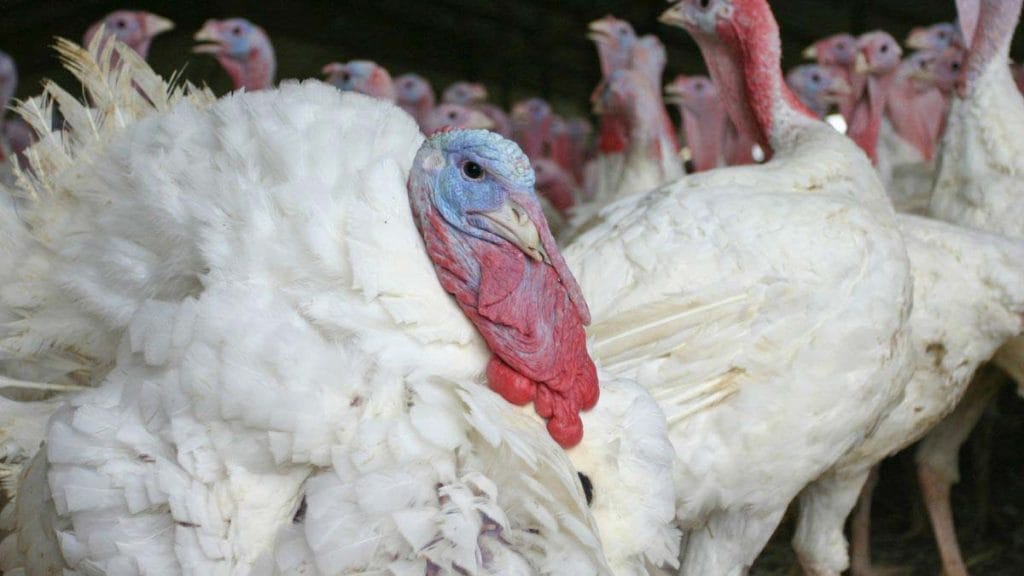It is that time of the year when turkey production is at its peak demand. But why is that? Have you ever wondered how turkey ended up being our traditional meal? In Dickens’ A Christmas Carol, the turkey is the feast that Scrooge brings to replace the golden goose. How did this North American bird become the pillar of a holiday feast around the world?
Origin of the turkey
The turkey of today originates back to the tamed fowl of the Aztecs from southern Mexico, some 2000 years ago. Many think of wild turkeys as Americana, but they are very much rooted in Mexicana heritage and culture. These delicious birds are important in Mexican culinary traditions and are featured quite differently from just a roasted bird on a platter. Check out the following link for great turkey dishes that are popular in the Yucatán Peninsula region.

Christmas turkey meal tradition and history
While turkeys were first tamed by the Aztecs, it was the Spanish who helped introduce this bird to the rest of the world. At the start of the 16th century, as the Spanish invaded Mexican lands, they were gifted turkeys by the Aztec emperor, which Spanish conquistador Hernan Cortés took back to Spain in 1519. In Europe, the turkey was domesticated and bred. It didn’t take long for the turkey to find its way across Europe, and it is said that King Henry VIII was the first British King to feast on turkey. It took another 200 years to grow into a larger farmed animal production in eastern England, Turkey (Constantinople), and the Netherlands. Yet, it was rich meat, and therefore not something that was eaten by the middle and lower classes of the English until it came into fashion around the start of the 1840s in the UK. It was Dickens’ 1843 publication of A Christmas Carol that old Scrooge opened his heart and his change purse, by bringing the Cratchit family a turkey to replace their Christmas goose. Not long after, the turkey began to grow in popularity as the Christmas meal for the middle class of the UK.
After World War II, with the introduction of many innovations in farming, the cost of production of turkeys dropped. This meant that turkeys were more readily available to everyone, and the turkey grew in popularity as the Christmas bird. With the help of Dickens’ story and films featuring a large, beautifully roasted turkey front and center on a table, the turkey continued to grow in popularity as the bird of choice for Christmas and other holiday meals.

Today’s turkey
The ancestors of today’s commercial turkeys no longer exist as wild birds, and they are raised very differently from their ancestors. Today’s turkeys are typically raised to produce leaner meat, which has been bred to meet consumer demands and are slaughtered when they reach about 15 kilograms in weight. In Canada, our turkeys are not given hormones or steroids and are highly regulated by both the CFIA and Canada’s turkey supply management system. The Turkey Farmers of Canada state that this system allows for a consistent supply that is reliable, high quality, and reasonably priced for consumers while allowing producers a fair return.
The vast majority of whole turkeys are sold at either Thanksgiving or Christmas time. In 2024, Canada sold 42% of all whole turkeys at Christmas, and for Thanksgiving, 2.1 million whole turkeys were sold, which accounted for 32% of the annual sale of whole turkeys. To meet this demand, there are over 500 turkey farmers nationwide who produced 158.6 million kg of turkey last year (39.3 million kg sold as whole turkeys). Canadians consumed 3.3 kg per capita of turkey in 2024. That’s at least a 7 ¼ pound turkey for every Canadian, baby to adult, available for consumption. It’s clear that for many of us, a turkey supper holds a special place in our hearts and memories, as it has often been the centrepiece of our holiday meals that bring family and friends together to share special times.




